Jose Fragozo’s image The Disappearing Giraffe captures the contrast between the natural world and human infrastructure.
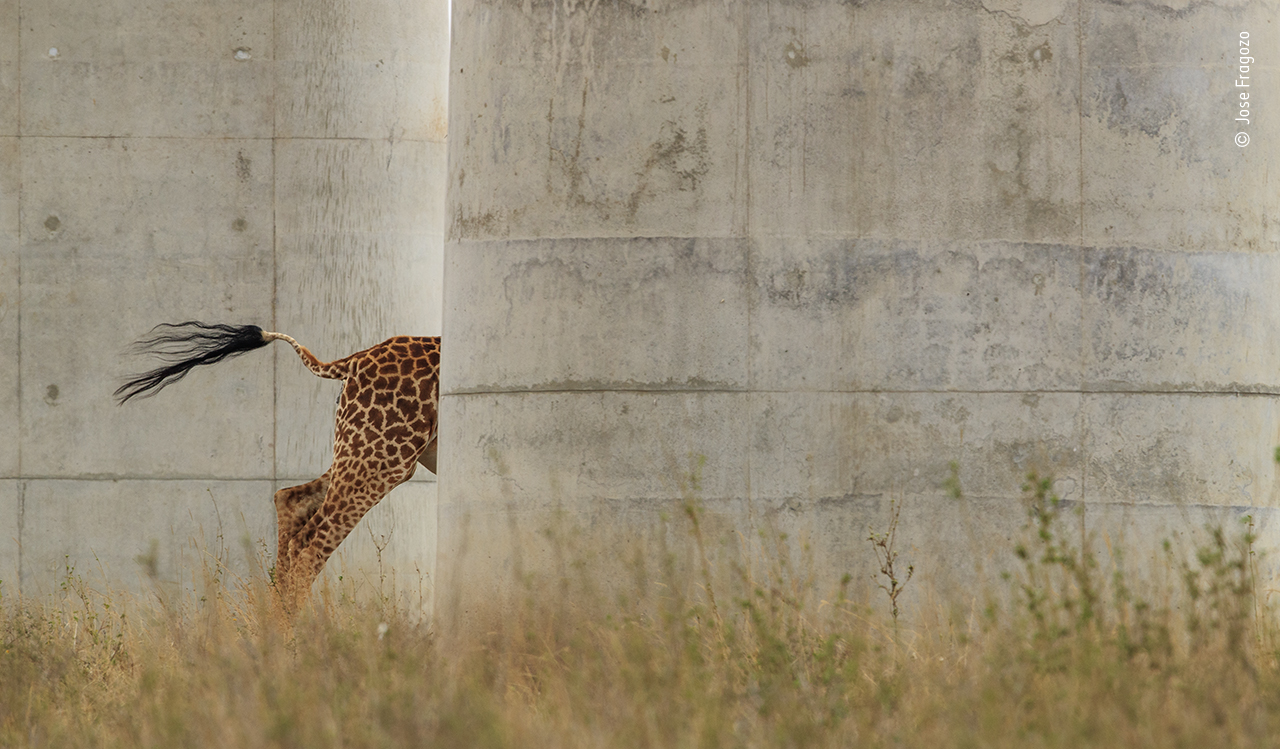
A giraffe runs behind a railway arch. The Disappearing Giraffe © Jose Fragozo
In Jose Fragozo’s image The Disappearing Giraffe, the patterned flank of a giraffe stands out in stark contrast against the concrete pillar of the Standard Gauge Railway Bridge. Taken in Nairobi National Park, the image shows a landscape caught between conservation and human development. ‘The picture shows a giraffe running between the railway pillars likely because it felt the noise and the vibration of an approaching train,’ Jose explains. ‘I had observed on previous occasions that trains agitate animals,’ he remarks ‘I just needed to put myself in a position where I could capture the giraffe running between two pillars.’ Jose took the shot from a moving vehicle, carefully steadying his camera to capture the giraffe before it disappeared behind the giant pillars of the railway bridge. The giraffe might be nature’s tallest land mammal, but it is completely dwarfed by the colossal concrete structure.
The giraffe in the photo is a Maasai giraffe, also known as the Kilimanjaro giraffe. It is one of nine known giraffe subspecies and is identifiable by the jagged-edged, dark brown blotches on its coat. Each giraffe has unique markings, though parts of the pattern can be passed down from parent to offspring. Maasai giraffes are currently classified as Endangered by the International Union for Conservation of Nature (IUCN) with a decreasing population of just 35,000 individuals in the wild.
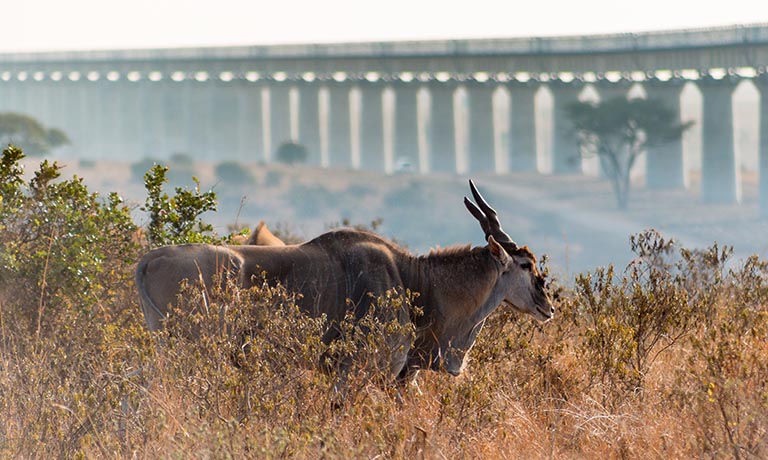
© Photography by Taher/ Shutterstock. Eland graze infront of the railway.
Nairobi National Park was created in 1946. The 70-square-kilometre area is the only sanctuary in the world where wild animals roam so close to a busy city. The diversity of life in the park is greater than that of some entire countries. It’s home to many endangered species, including the Critically Endangered black rhino. The co-existence between millions of city residents and rare natural wildlife sets Nairobi apart from other cities and draws in tourists from around the world. In fact, tourism makes up 12% of the country’s GDP and employs more than 30,000 Kenyans.
Today Nairobi is one of the world’s fastest-growing cities. Recent decades have seen urban development increasingly encroach on the habitats of the country’s wild animals, and the railway is just part of this squeezing of space. It was built as part of Kenya’s Vision 2030 Programme, which aims to make Kenya a middle-income country by the end of the decade. The railway is just a fragment of a £2.6-billion construction project to link Kenya with its landlocked neighbours Rwanda and Uganda and alleviate the mass of trucks that clog the only road running inland to Nairobi.
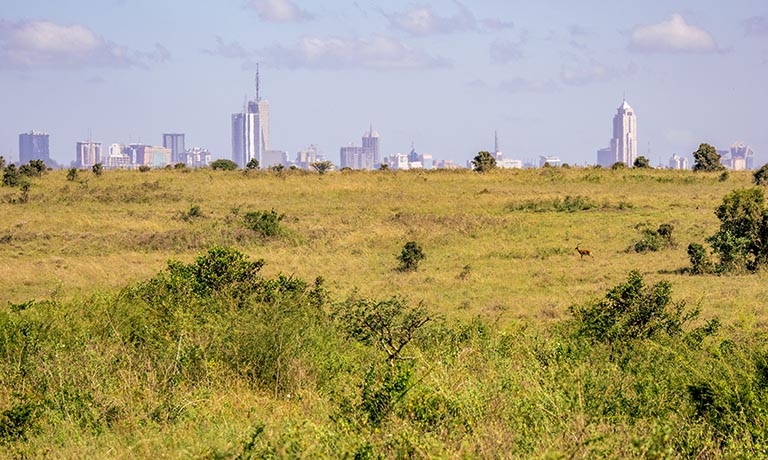
© schusterbauer.com/ Shutterstock.. Skyscrapers loom over the National Park.
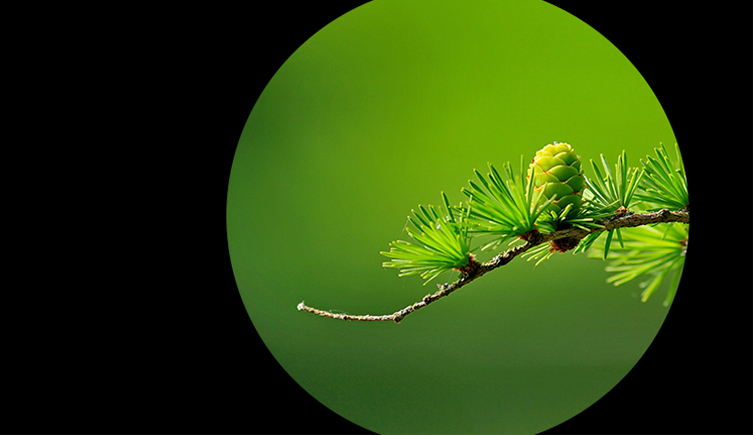
Learn from our world-leading experts...
...sign up to our new series of on-demand courses designed for anyone interested in the natural world, regardless of skill level.
Courses now available for £49.99.
Despite offering a less environmentally impactful way to transport goods, the railway was met with resistance from conservationists and there was high levels of public concern about its environmental compliance. With national parks already at risk from poaching, illegal grazing, mining and unregulated urban expansion, the arrival of the railway brought worries that it would set a precedent for construction in other parks.
To help ease agitation and to stop the railway encroaching on the park, an agreement was made between the Kenyan government and wildlife officials that it would not change the boundaries of the park. Instead of running through the park at ground level, the railway was raised up on giant columns to allow animals to pass underneath. The bridge is 6.5 metres off the ground and is tall enough for giraffes and elephants to move beneath. A 5.9-kilometre-long sound barrier was also placed either side of the guardrail of the bridge to minimise the noise from the passing trains. A maintenance crew checks the sound-absorbing plates every month to make sure they haven’t been eroded by wear and tear or vandalised. In total, the railway has 14 large wildlife passages, 79 bridges and 100 culverts along its route to allow animals to pass. These passages were designed and carefully placed based not only on the migration routes of different species but on the location of nearby water sources. Building the railway through the park rather than demolishing populated areas to build it around the park, saved the project money and this money is being reinvested into the park’s maintenance.
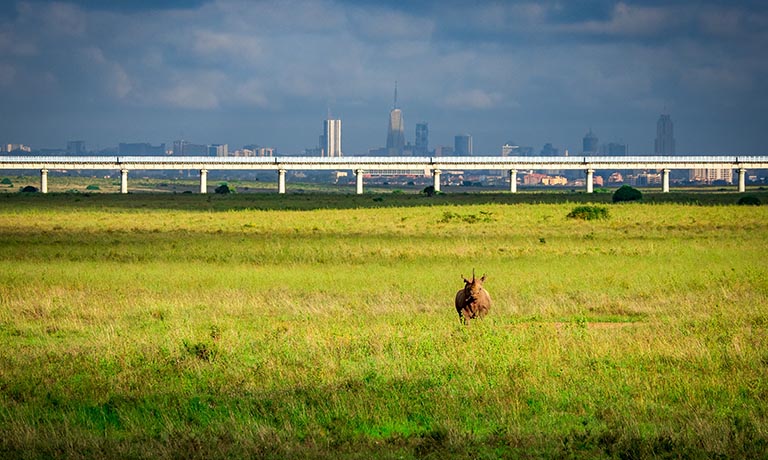
© schusterbauer.com/ Shutterstock. Nairobi National Park is unique in its proximity to a city.
While development is required for the city to grow, it’s important not to damage the environment in the process. The past four years have seen below-average rainfall in eastern Africa, causing a climate emergency where 8.5 million people are facing severe water shortages and 20 million require food aid. The health of the park is an indicator of the ecological well-being of the country, so while the preservation of the park might seem at odds with Kenya’s need to create jobs, improve food security and end poverty, the two issues are closely intertwined. An increasingly industrialised city will still need green spaces not only to soak up carbon but to provide fresh air and clean water. Nairobi National Park’s railway shows that economic progress and environmental conservation can co-exist - albeit uneasily.
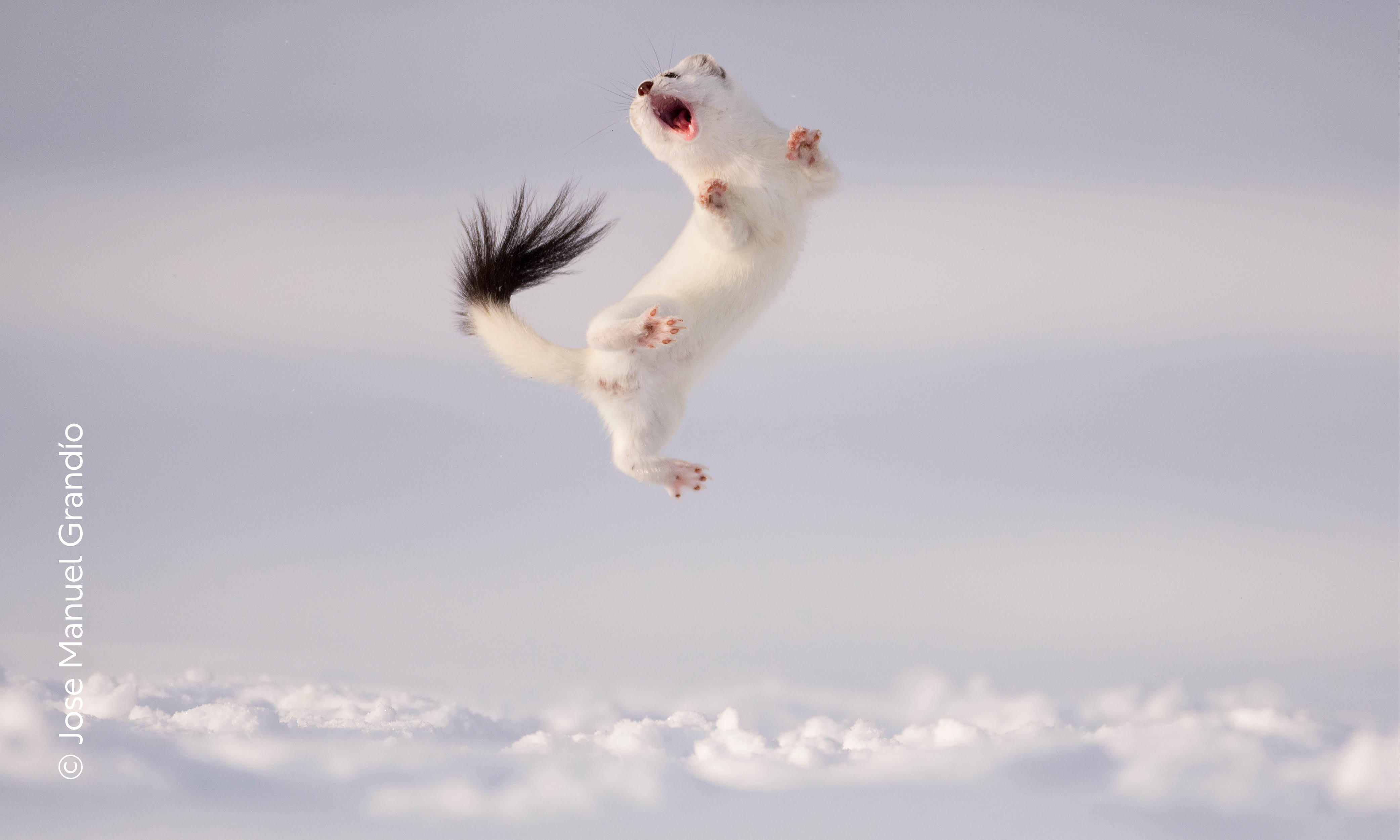
Explore the gallery
Wildlife Photographer of the Year tells the incredible stories of life on our planet through powerful photography and expert insight.
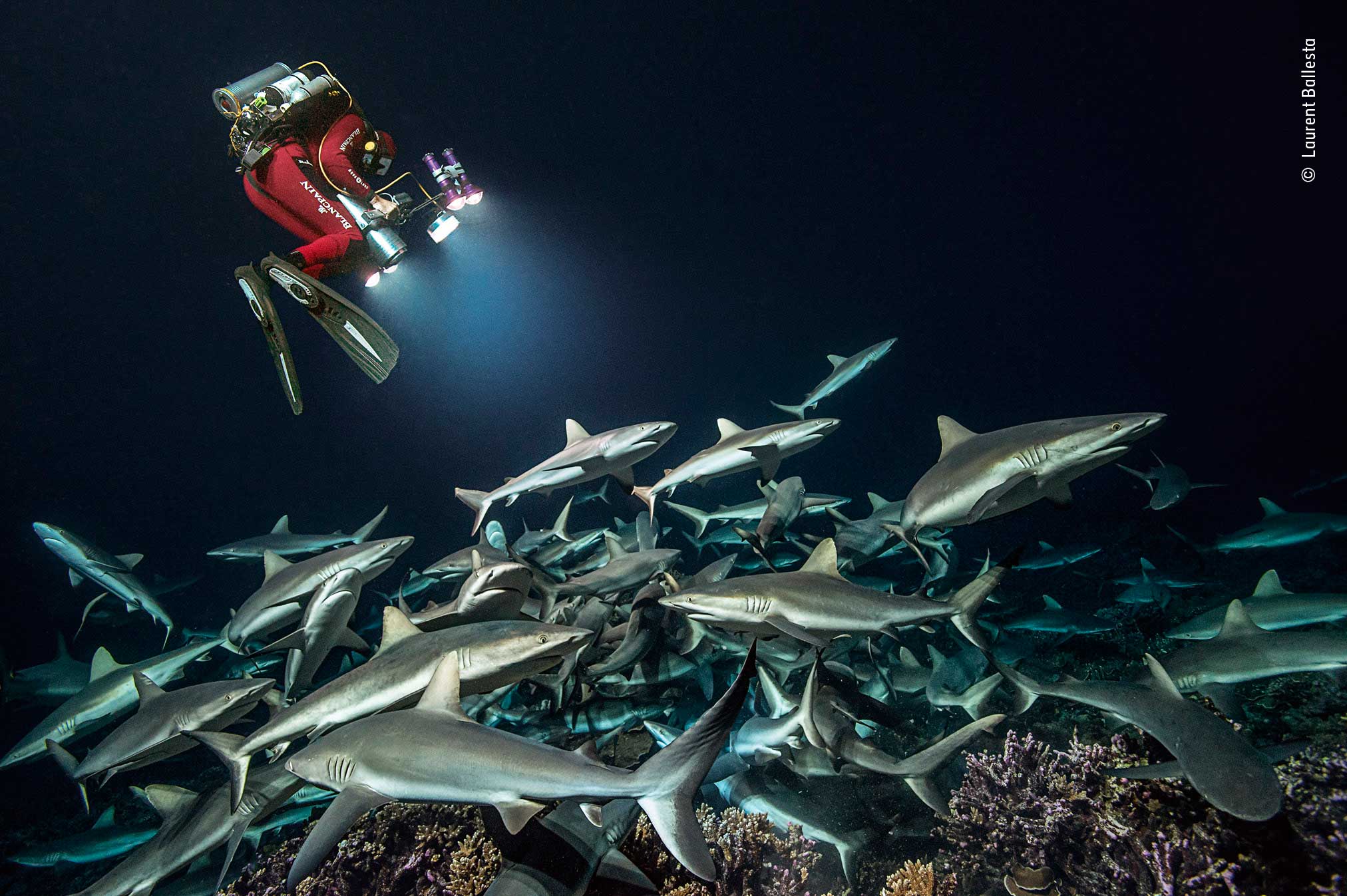
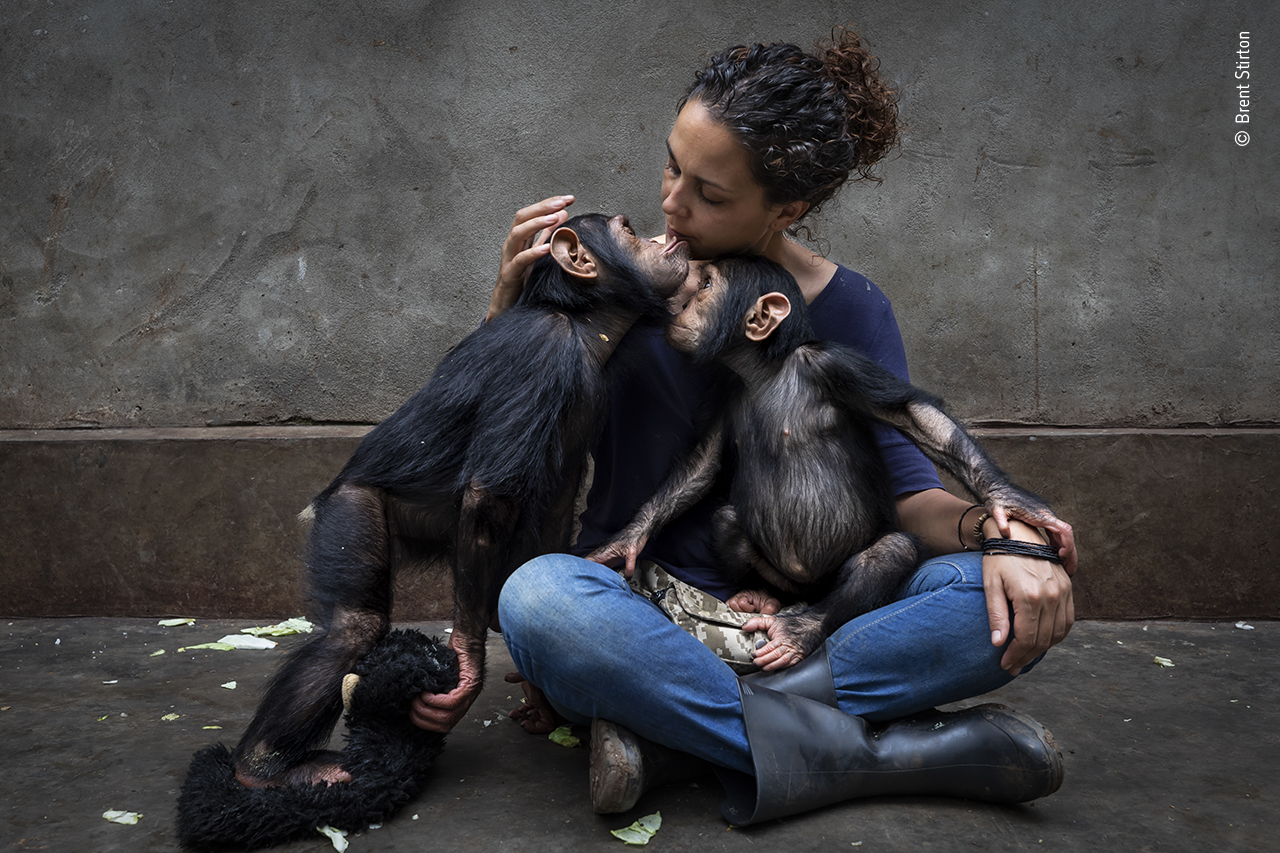
Don't miss a thing
Receive email updates about our news, science, exhibitions, events, products, services and fundraising activities. We may occasionally include third-party content from our corporate partners and other museums. We will not share your personal details with these third parties. You must be over the age of 13. Privacy notice.
Follow us on social media